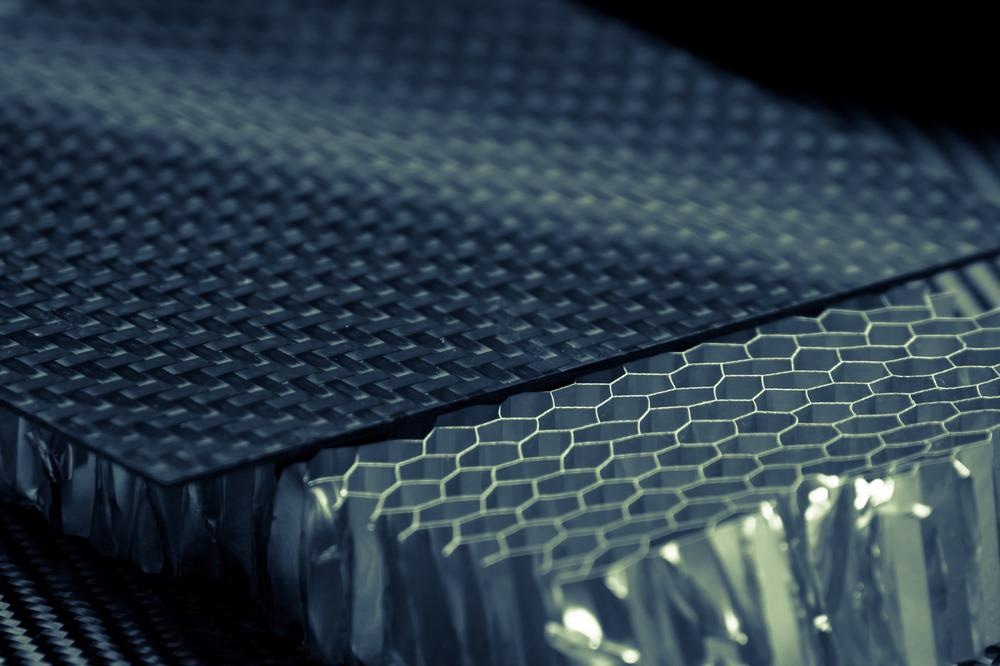Globally, scientists and environmentalists are developing various means for effective decarbonization, and one such measure has been the utilization of composites.

Image Credit: TLaoPhotography/Shutterstock.com
The term “decarbonization” refers to the process of reducing the level of carbon via lowering greenhouse gas emissions produced by industries or combustion of fossil fuels. Put simply, decarbonization is associated with diminishing carbon dioxide (CO2) production, especially from transportation and power generation. An increase in the concentration of CO2 in the air is one of the foremost contributors to rapid climate change.
Why Does an Increase in the Level of Carbon Dioxide Matter?
CO2 is a greenhouse gas that can absorb heat from the sun and, unlike other gases like nitrogen and oxygen, it gradually releases heat over time. As carbon dioxide is abundantly present in the air, it causes total energy imbalance and a rise in the earth’s temperature.
CO2 also gets easily dissolved in the ocean, where it reacts with the water molecules and produces carbonic acid, lowering the pH of the ocean. A decrease in pH level interferes with the ability of marine organisms to extract calcium from water, which is essential for the development of shells and skeletons.
Many industries are heavily dependent on fossil fuels, such as coal, oil, and gas for energy. The burning of fossil fuels leads to CO2 emission that contributes to global warming. Researchers suggested that if industries change their source of energy, i.e., from non-renewable sources to renewable sources (e.g., solar, wind air, etc.), the effects of climate change could be decreased.
Composites and Decarbonization
Composites are materials that are formed by combining two or more natural or synthetic materials possessing different chemical and physical properties. The newly developed composite material does not lose the properties of individual components but possesses a combination of valuable properties.
In the aerospace industry, composites have been developed and applied for a long time. These composites help develop lighter and more durable structures of airplanes, which aids decarbonization.
Most of the countries in the world, including the UK, have aimed to achieve net-zero carbon emission. The government of the UK has focussed on becoming Net-Zero by 2050. Researchers and manufacturers believe that the use of composites is a useful method for effective decarbonization.
Echoing their view, the Composites Leadership Forum (CLF) has recently highlighted the role of composite material in achieving a NET-Zero future.
Composites are believed to be the most strategic assets that must be explored to develop products that will strengthen the Green Industrial Revolution. In 2016, the CLF was established to provide independent leadership to the sector. Recently, CLF has focussed on the need to develop new composite materials that will help combat the problems of climate change and decarbonize the economy.
Composite Braiding in Developing New Composites to Attain Decarbonization
Composite Braiding is a company that was founded in 2017 by Steve Barbour. Barbour, after gaining extensive experience from working in the automobile industry as well as his association with a composite manufacturing company, realized the importance and demand for a lighter composite material that can assist decarbonization.
Impact Testing of Composites for the Automotive Industry
Composite Braiding focuses on the development of a product with a lower carbon footprint. This company has established a highly-automated production facility that combines materials such as glass, carbon, aramid, and basalt fibers with a thermoplastic.
The newly developed advanced thermoplastics are stiffer and stronger than steel and lighter up to 60%. Additionally, thermoplastic matrices used in the manufacturing process are innately recyclable. The newly developed thermoplastic composites can be easily reshaped repeatedly using only heat and pressure and do not require any harmful chemicals for the process. Therefore, this composite material can be easily repurposed and also recycled.
Convectional thermosets cannot be repurposed easily.
Another advantage of the newly developed thermoplastic composites is that it is mechanically superior, economical, and more sustainable compared to conventional composites. An interesting statistic reported by the company projected their ability to produce up to 100,000 parts every year at a cost similar to that of traditional manufacturing.
Another important feature is that the company’s manufacturing process entails the reduction of waste by up to 95%, compared to the conventional composites manufacturing process. The reason for low waste is due to the re-usage of leftover materials.
Importantly, when this composite is applied to vehicles, i.e., for the development of lightweight and durable frames, seat frames, stacks, etc., they significantly reduce carbon emissions and use lesser energy. Further, when it is used in infrastructure (e.g., lighting and communication mast, bridges, etc.), the installation process requires lesser energy and provides prolonged service.
Currently, the company offers services tailored to the needs of both small-scale manufacturers as well as large-scale multinational manufacturers. This company focuses on the development of lighter tools using minimal raw materials and lesser energy. A combination of fast heating using lightweight tools facilitates lesser energy requirements for producing finished goods.
Next Steps
At present, Composite Braiding is working with the High-Value Manufacturing Catapults set up by the UK Government and has focussed on creating sustainable composites. Being a part of the ReDisCoveR Composites project, Composite Braiding has aimed to follow Recycling, Disassembly, Circular Materials, and Reuse in composite manufacturing.
References and Future Reading
Composites. UK Trade Association. (2021) [Online] Available at: https://compositesuk.co.uk/
Composite Braiding. (2021). [Online] Available at: https://compositebraiding.com/blog/decarbonising-with-composites/
Li, X. (2020) Decarbonization in Complex Energy Systems: A Study on the Feasibility of Carbon Neutrality for Switzerland in 2050. Frontiers in Energy Research. 8:549615. https://www.frontiersin.org/articles/10.3389/fenrg.2020.549615/full
Lindsey, R. (2020) Climate Change: Atmospheric Carbon Dioxide. [Online] Available at: https://www.climate.gov/news-features/understanding-climate/climate-change-atmospheric-carbon-dioxide
Disclaimer: The views expressed here are those of the author expressed in their private capacity and do not necessarily represent the views of AZoM.com Limited T/A AZoNetwork the owner and operator of this website. This disclaimer forms part of the Terms and conditions of use of this website.